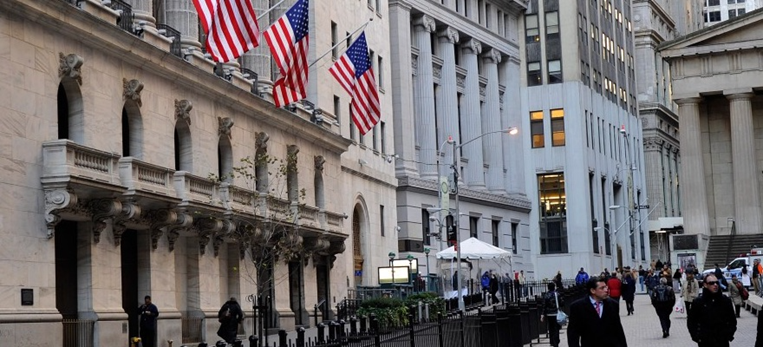The case of the Fed and negative interest rates

In March, the U.S. Fed lowered the fed funds rate to 0% for the first time since financial crises. Why does the Fed cut the rate?
The below graph from the Federal Reserve Economic Data shows the federal funds rate change since 1955. The federal funds rate is the interest rate at which depository institutions trade federal funds (balances held at the Federal Reserve Banks) with each other overnight. It is also a benchmark for interest rates on credit cards, mortgages, bank loans, and more.
Fig. 1. Effective Federal Funds Rate Data (sourced by Board of Governors of the Federal Reserve System (US) - https://fred.stlouisfed.org/series/FEDFUNDS

From the graph, we can see some high volatility of interest rates over the years. The FFR reached a high of 20% in 1979 and 1980 due to the hike in inflation starting in 1973. The rate touched the all-time low at 0.25% in December 2008 and the low interest rate was continued to be held until December 2015. From there it slowly rose until recent months.
Key factors that affect interest rate:
- Supply and Demand - an increase in money demand will rise the interest rate, while an increase in money supply will lower the interest rate and vice versa.
- Inflation - the higher the inflation, the more interest rates are likely to rise.
- Monetary Policy from the government - tighten monetary policy by rising interest rate to slow down overheated economic growth and ease monetary policy by lowering the interest rate to boost economic growth.
Reasons the Fed cut rates:
The Fed lowers interest rates in order to stimulate economic growth. The unemployment rate is near a 50-year low, inflation is low and stable.
How the Fed's interest rate cut affects your money?
- A rate cut could hurt depositors with high-yield accounts.
- A rate cut helps borrowers with credit card debt
Is it possible to have a Negative Interest Rate?
Trump suggested that the Federal Reserve should not only cut interest rates, but bring them to zero or below. "The USA should always be paying the lowest rate. No inflation!" Will that really happen?
On the 2nd of July 2009, Sweden's Riksbank became the first central bank in the world to implement a negative interest rate, which means you will be charged if you deposit money to your bank instead of receiving interest, while you will earn when you borrow money from your bank. Except Sweden, in recent years, central banks in Europe, Scandinavia, and Japan all have implemented negative interest rates on excess bank reserves in the financial system.
Baxia Markets
If you want to learn more about interest rates visit baxia.com
where you can find other articles on the topic. Also feel free to reach out to
us via call or email to further discuss any questions you may have.




